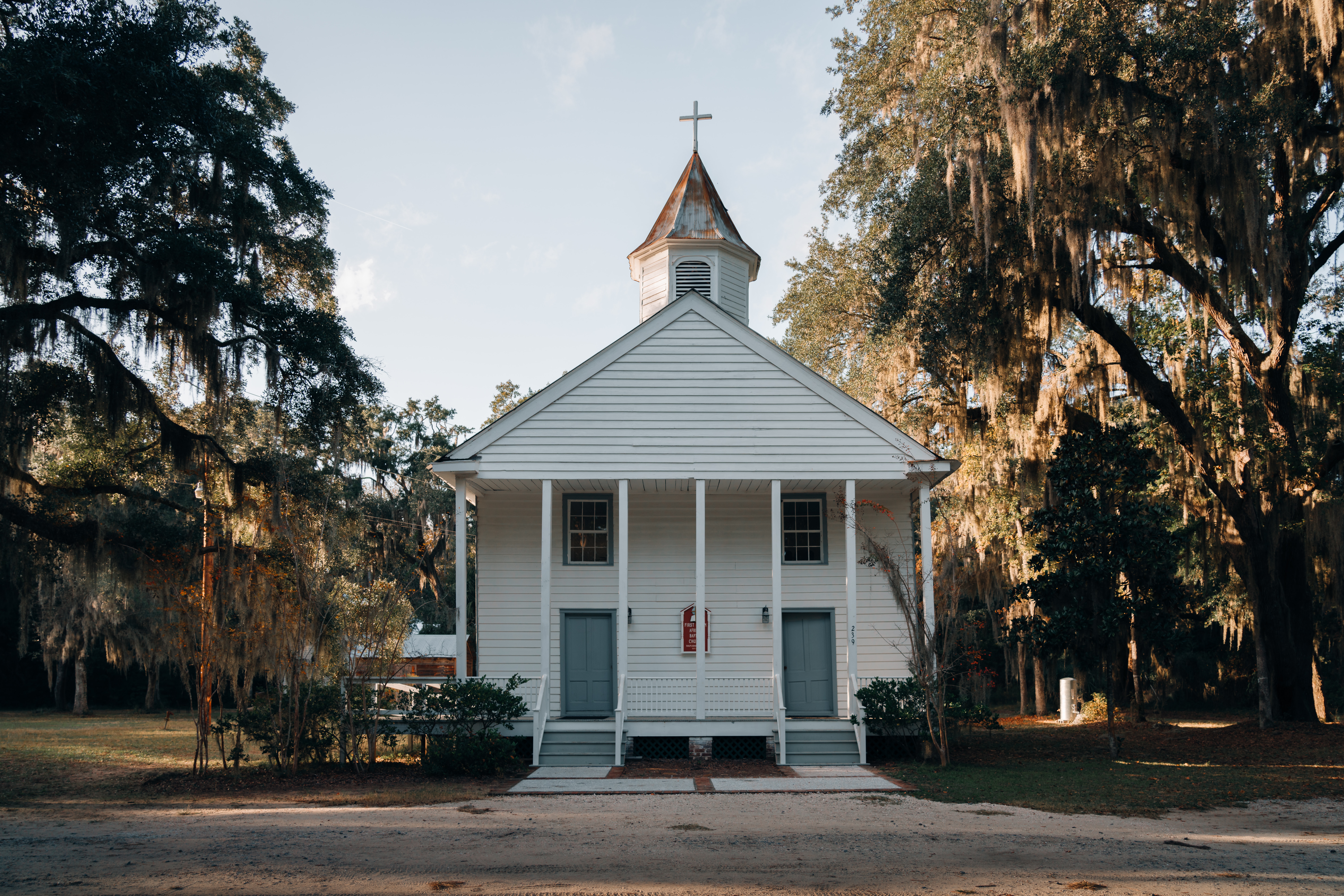What Do I Really Need to Launch?
If you’re thinking about starting a new church, you’re likely faced with a sequence of projects that need to be accomplished before launching. You may have been asked to write a “prospectus” by your church planting network. Or, your potential financial supporters are asking to see social media, logos and websites. Or, and this may be most of us, it seems like the best first step is to begin wordsmithing vision statements, designing logos, looking at rental spaces and signing up for a Squarespace account. Pretty soon, you are spending the majority of your time and focus:
- Narrowing your list of church names
- Word-smithing your vision statement
- Scanning the internet for buildings you can rent or buy
- Designing programs that no one is signed up for yet
- Wringing your hands over where to find musicians
- Spending hours designing a website
- Building a social media channel and workflow
Of course, all of these are important factors for helping to start your new church. But in many ways they come from the myths we believe about what it takes to start a church. If the truth is that the Spirit births new churches to participate in God’s mission, then maybe the myth is that we have to manufacture an image of the community we desire to start before anyone will actually join us. This myth has nothing to do with nurturing the spiritual development of actual people. Instead, it has to do with achieving an ever-changing standard of repute, projecting an image of a healthy church because we believe that’s what people will be drawn to.
I have to wonder if many of these priorities come from the business world. Or, rather, not from the business world itself, but from the promises that the business world is making to us as consumers. If we only bought their website software, or their logo design templates, we would be on a fast track to building community. We are tempted to believe that the perfect community we long to gather is always a few more dollars away. But what if the real work of starting a successful church had less to do with investing in the widgets that signal success, and more to do with faithfulness in crafting rhythms that connect people to God’s mission?
The Ritmos of Community Life
If planting a successful new church were as simple as identifying the right widgets and formulas to “plug and play,” then most of us would have already done so. However, God rarely provides a straightforward, linear, 5-step program for success. What God does provide, as we see not only throughout scripture, but also in creation, are rhythms that help life to flourish.
Jennifer Guerra Aldana and Ines Velasquez-McBryde are pastors, theologians, and church planters with deep experience in helping others move from cookie-cutter formulas into the authentic rhythms (ritmos) of community life. While administrative tasks, creative endeavors, and things like websites and social media will invariably play some role as you start a church, our churches truly come alive when we help nurture the presence of Christ through transforming rhythms in our churches!
So how can we begin moving away from these church planting myths and toward these rhythms? Jennifer and Ines point the way forward through sentipensar.
Sentipensar Reflection
The word “sentipensar” brings together both feeling and thinking. Instead of pitting our “minds” and our “hearts” against each other, sentipensar invites us to reflect theologically in a holistic way. As in practical theology cycles, we are invited to experiment before “knowing.” We learn not only from the experience of doing, but also from reflecting on the experience.
For example, here are a few insightful questions they ask church planters:
- What catches your attention?
- What is the Spirit challenging?
- What must change?
The goal of this practice is to help us confront our need to have everything planned out with certainty, and instead be invited to explore through reflection and discernment.
Breaking Free from the Myths
Yes, faithful innovation is hard work. There will be long hours, inevitable setbacks, and unforeseen challenges. And yet, the work of starting new churches is also filled with joy, freedom, and life—for you and for those in the communities you bring together.
Consider the following questions as you think about what you really need to launch your new church:
- Of the myths listed above, which ones are the most powerful for you?
- What parts of the sentipensar practical theology cycle are the most challenging for you?
- What experiences of church in your past do you hope to carry forward into your new church? Which ones do you want to leave behind and why?






